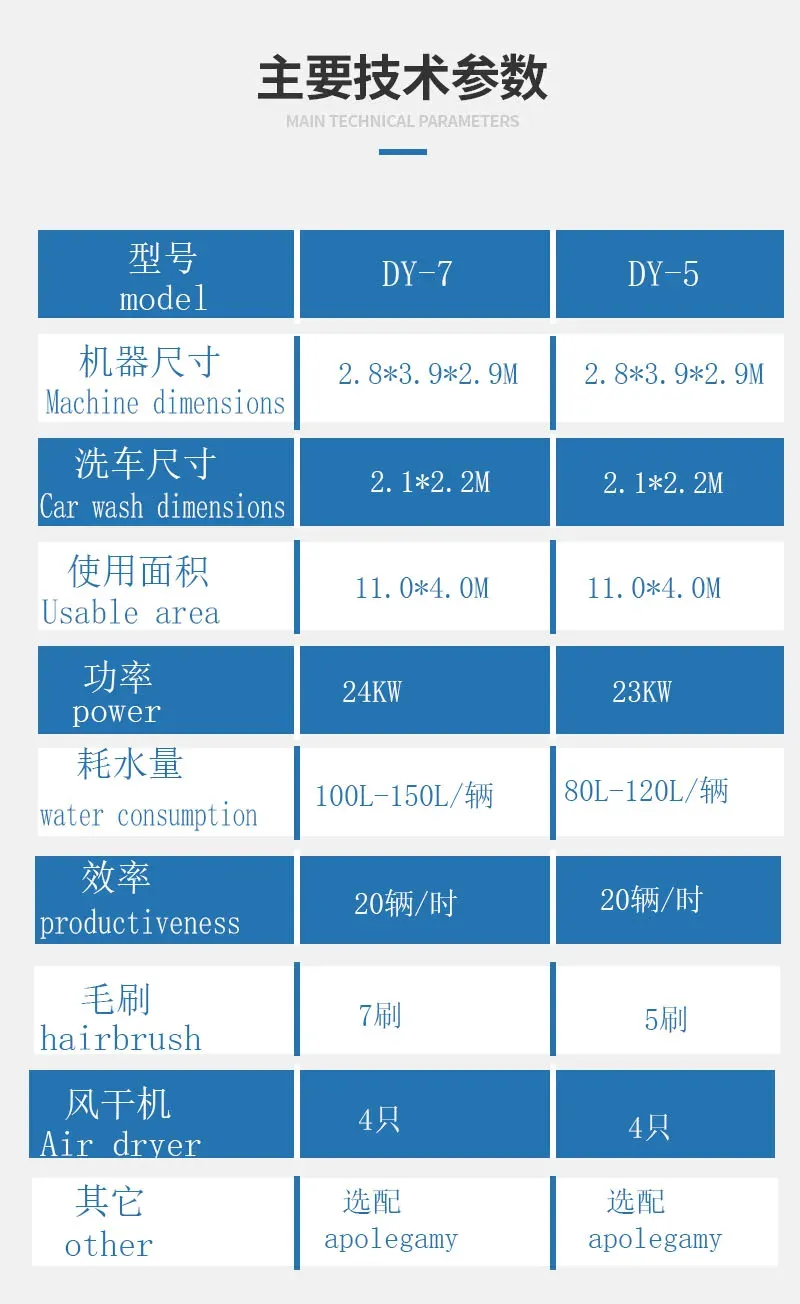
- Afrikaans
- Albanian
- Amharic
- Arabic
- Armenian
- Azerbaijani
- Basque
- Belarusian
- Bengali
- Bosnian
- Bulgarian
- Catalan
- Cebuano
- Corsican
- Croatian
- Czech
- Danish
- Dutch
- English
- Esperanto
- Estonian
- Finnish
- French
- Frisian
- Galician
- Georgian
- German
- Greek
- Gujarati
- Haitian Creole
- hausa
- hawaiian
- Hebrew
- Hindi
- Miao
- Hungarian
- Icelandic
- igbo
- Indonesian
- irish
- Italian
- Japanese
- Javanese
- Kannada
- kazakh
- Khmer
- Rwandese
- Korean
- Kurdish
- Kyrgyz
- Lao
- Latin
- Latvian
- Lithuanian
- Luxembourgish
- Macedonian
- Malgashi
- Malay
- Malayalam
- Maltese
- Maori
- Marathi
- Mongolian
- Myanmar
- Nepali
- Norwegian
- Norwegian
- Occitan
- Pashto
- Persian
- Polish
- Portuguese
- Punjabi
- Romanian
- Russian
- Samoan
- Scottish Gaelic
- Serbian
- Sesotho
- Shona
- Sindhi
- Sinhala
- Slovak
- Slovenian
- Somali
- Spanish
- Sundanese
- Swahili
- Swedish
- Tagalog
- Tajik
- Tamil
- Tatar
- Telugu
- Thai
- Turkish
- Turkmen
- Ukrainian
- Urdu
- Uighur
- Uzbek
- Vietnamese
- Welsh
- Bantu
- Yiddish
- Yoruba
automobile washing equipment
The Evolution and Importance of Automobile Washing Equipment
In the fast-paced world of automobile maintenance, one aspect that stands out in terms of both significance and innovation is automobile washing equipment. As vehicles accumulate dirt, grime, and debris from daily use, effective washing becomes crucial not only for aesthetics but for the longevity of the vehicle's exterior and performance. The evolution of automobile washing equipment reflects the advancements in technology, efficiency, and environmental consciousness.
A Brief History
The concept of washing vehicles dates back to the early days of the automobile, when owners used buckets, sponges, and hoses to clean their cars. As the automobile industry grew, so did the need for more efficient washing methods. The introduction of the automated car wash in the mid-20th century was a game-changer. This innovation allowed for quicker and more consistent cleaning, serving a burgeoning car culture that demanded convenience.
Initially, these automated systems were rudimentary, relying on mechanical brushes and basic water jets. Over time, however, advancements in technology transformed them into sophisticated machines with a plethora of options, accommodating various vehicle sizes, paint types, and dirt levels.
The Modern Car Wash Revolution
Today's automobile washing equipment incorporates cutting-edge technology, allowing for an array of features that enhance the washing process. Touchless car washes, for example, use high-pressure water jets and specialized detergents to clean vehicles without physical contact. This method reduces the risk of scratches and swirls that traditional brush washes may cause.
Moreover, advancements in technology have led to the development of eco-friendly washing systems. Modern equipment often recycles water, significantly reducing waste, and employs biodegradable cleaning agents that are safe for the environment. These sustainable practices are increasingly important in a world where environmental concerns are at the forefront.
Essential Equipment Types
automobile washing equipment

Automobile washing equipment can be categorized into several types, each serving specific needs
1. Handheld Devices High-pressure washers and foam cannons allow vehicle owners to engage in DIY washing at home. These tools are portable, inexpensive, and effective for cleaning smaller areas or spots that require special attention.
2. Automatic Car Wash Systems These come in various forms, including tunnel washes and in-bay automatic washes. Tunnel washes are equipped with conveyor belts, enabling multiple vehicles to be washed simultaneously, while in-bay systems are designed for one vehicle at a time, typically used by self-service stations.
3. Mobile Car Wash Units With the rise of convenience culture, mobile car washing services equipped with portable kits are gaining popularity. These units can travel to clients' locations, providing professional cleaning without the need for a physical car wash facility.
The Business of Car Washing
The business of car washing has expanded significantly, spurring innovation in equipment design and functionality. Entrepreneurs are investing in state-of-the-art washing systems, offering subscription models and packages that cater to diverse customer needs. This thriving industry not only provides jobs but also serves to enhance customer satisfaction by offering convenience and quality.
Conclusion
In summary, automobile washing equipment plays a crucial role in maintaining the aesthetic and functional value of vehicles. As technology continues to advance, so too will the methods and tools available for car washing. From eco-friendly innovations to automated systems that offer unparalleled efficiency, the future of automobile washing equipment appears promising. With both convenience and sustainability in mind, the industry is poised for continuous growth, ensuring that every vehicle can shine as brightly as possible on the road.
-
Integrating Aqua Tunnel Car Wash in Shopping CentersNewsJun.24,2025
-
Gas Station with an Auto Car Wash MachineNewsJun.24,2025
-
Efficiency in Your Aqua Tunnel Car Wash: Power & Water-SavingNewsJun.24,2025
-
Car Wash Business with Advanced Auto Car Cleaning MachinesNewsJun.24,2025
-
Balancing Setup Costs with Aqua Tunnel Car WashNewsJun.24,2025
-
Aqua Tunnel Car Wash: Eco-Design for the Energy-Savvy EntrepreneurNewsJun.24,2025



